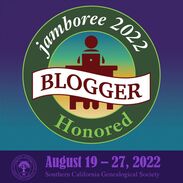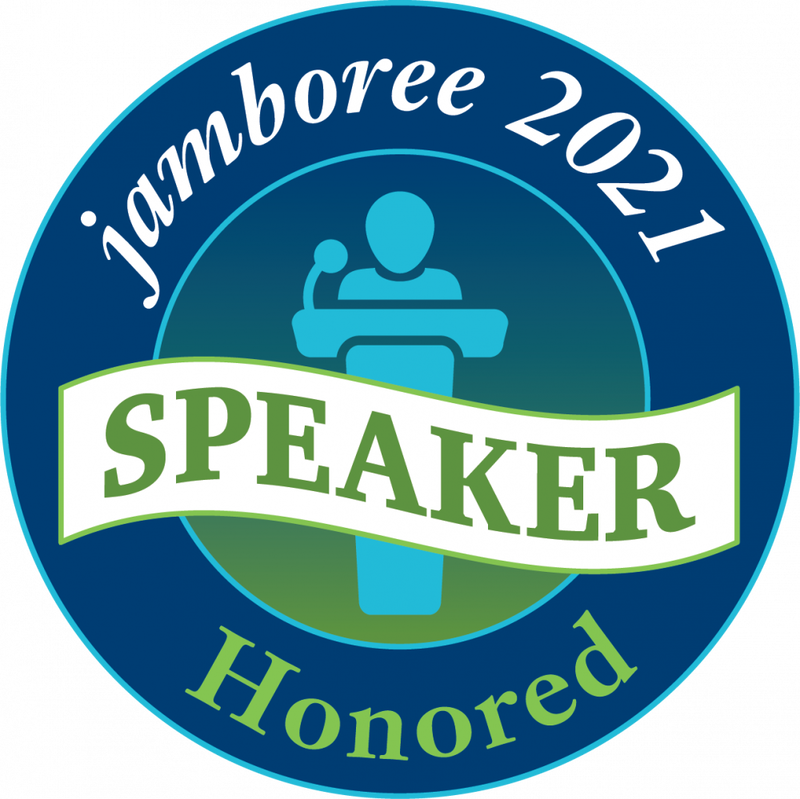MyHeritage In Color: Updated Photo Color Restoration!So, MyHeritage is at it again; they just updated their MyHeritage In Color colorization tool once again! As always, it is a hit and miss, but if it’s a hit, then the colorization is outstanding! It took me a while to realize that if you have the same picture in your MyHeritage Photo Album already, the colorization does not work out as well, and sometimes reverts to their old version. It works much better if you delete the photo in your album first, then upload a fresh one. Also, if you colorize, then enhance a photo, the color may be different. That can also be said for photos that you colorize many times; each instance may be slightly different or have a huge difference. Tip: It works much better if you delete the photo you already have in your album first, then upload a fresh one Check out some photo comparisons from when they first rolled out in 2020, updates in 2021 and their new updates for 2022 below! As you can see from this "Cousins" photo I enhanced and colorized in 2020 and again in 2022, the colorization/restoration is more fine tuned. In the first photo, the colorization was new and clothes ( and sometimes faces, features, etc.) were a mix of blacks and reds. In the second photo, colorized and enhanced this year, 2022, the colors are more of what they should be; it is still just a little off, but hard to tell. Here you can see a huge difference between 2020 and 2021, and a subtle difference between 2021 and 2022. As you can see in the comparison of these photos of my paternal great grandparents, the hues are much better in 2022. The leaves are more green, legs are not black, and the clothing doesn't have a puple hue to it. I'm not quite sure what's going on with my 4th great grandfather, haha. My grandmother turned out fantastic from an old paper copy that was cropped! They are letting anyone try it for FREE until the 5th of February (it started on January 24th )! Not only do you get to try it for free, but you get to try out as many as you’d like, unlike when they first rolled this out in 2020, and you only got to test 5! Try it out for FREE now at My Heritage In Color or Photo Enhancer pages! Interactive Questions: What do you think of the newly updated In Color photo colorization tool from MyHeritage? Have you tried it out yet? Let me know what you think about it, after you’ve tried it out, in the comments below! More Genealogy Resources: You can learn more about MyHeritage's photo tools and other resources below; under the Genealogy Resources category; and on my dedicated Genealogy Resources page, along with other fantastic resources you can use in your family history research! ←Back to Genealogy Resources Page Related content that may be of interest: The My Heritage Deep Nostagia Tool: Photos Brought to Life! The Winners of the MyHeritage DeepNostalgia Challenge Has Just Been Announced! As of Today, a New Game Changer from MyHeritage! More from MyHeritage:
2 Comments
Family Names in Social Genealogy and Family History: GrandparentsWhat do you (or did you) call your grandparents?
Have you ever thought of this social genealogy question and how interesting it is that so many people call their grandparents by different names, not to mention how interesting those names can be? Well, I do; that’s why I decided to ask this social genealogy question on social media! I wanted to see just how many variations of grandmother and grandfather were floating around out there! Of course, this is just a small sample, with only about 225 comments, but still very interesting! 😉 Here are the responses I had to grandfather:
Here are the responses I had to grandmother:
So, there were names anywhere from the standard to the unusual! It was a fun question to ask, and it was fun to see all the different names that people use to call their grandparents by! Interactive Questions: What do you think of the names on the list? Do you use any of these? What do you or (did you) call your grandparents? I’d love to read your comments below! *I may try to update this list with the counts for each, later! More Social Genealogy and Family History Questions: Come read more of my social genealogy questions and their results under the Social Genealogy and Family History category. (More coming very shortly 😉) The 1920 U.S. Census Record in Genealogy: A Closer LookWhen it comes to genealogy research, census records can give you the most details about a person and their family than any other record! These fantastic genealogy records can give you a snapshot of how they were living at a particular time; after starting with what you know now, the first step in genealogy research, the census records are the best starting point in your next step of research. They offer an enormous amount of information that will start you off and lead you to many of your next steps. Not only can you find the standard information on your ancestor like their name, age, birthplace, and residence; you can find so much more! Depending on the census record, you can also find their address, their occupation, their parents’ birthplaces, their citizenship status, their year of immigration, their marriage info, their military service info, how many children they have, others living in the household and their info, the value of their home and personal belongings, and more! Continue with me on the 1920 Census in this series that takes a closer look at the 1850 to 1950 U.S. Federal Census Records. The 1920 U.S. Census: This was the eighth U.S. Census that listed EVERY household member by name and had detailed categories, and unlike being consistently enumerated during the summer for all the previous censuses, it was the second census to change seasons and enumeration dates (since 1830; the first being the 1910 census) and the first to be enumerated starting on January 1st. This census introduced the new detail of the year of naturalization if the person was naturalized! This census record had many of the same categories and details that were seen in the 1850, 1860, 1870, 1880, 1900 and 1910 censuses such as including ALL household members’ names; their ages, sex, color, and place of birth; occupation information; whether any of the household members attended school or were married; and literacy information, but with a few new details added to some of the categories; and a few details taken out. I am not including the 1890 census information that I previously spoke about, as we didn’t get to use it. 😉
Some of the new categories or changed/combined categories for this census, compared to the 1910 Census, were “Place of Abode”, “Tenure”, “Relation”, and “Nativity and Mother Tongue”. New Categories:
Category Name Changes:
New Details:
Details that Moved to another Category:
Details Eliminated:
Tip: Use the data on this census to help you find naturalization records for your ancestors! 😉 Remember: Enumerators were not required to get the spelling of names; wrote down the information given to them without any proof; and made their own determination of race based on their own judgement. 😉 As previously mentioned, depending on where and by whom the census was taken, I usually don’t find the census filled out consistently, and some of the categories are underreported, but if they are, then you have a lot of details to help you in your research! EVERY detail/clue helps in genealogy! 😉 Find my other posts on the U.S. Census records below, and under the Genealogy Records category! The 1910 U.S. Census Record in Genealogy: A Closer Look A Closer Look at the 1900 U.S. Census in Genealogy Research The 1890 U.S. Census: A Tragic and Sad Loss! The 1880 U.S. Census: A Closer Look at the Even Better Census! The 1870 U.S. Census: A Closer Look The 1860 U.S. Census: A Closer Look The 1850 U.S. Census: One of the Golden Genealogy Records Check out more information about the U.S. Census on the United States Census Bureau website and the National Archives and Records Administration website! Let me know what you think of this fantastic genealogy research tool below in the comments! P.S... My older site theme does not support the "Leave a Reply" field labels; if you'd like to leave a comment on a blog, the fields are: Name, Email, Site (if you'd like), and Comment, the standard fields 😉 The 1910 U.S. Census Record in Genealogy: A Closer LookCensus Records are fantastic genealogy records to use in your research, and a must! When it comes to genealogy research, census records can give you the most details about a person and their family than any other record and can give you a snapshot of how they were living at a particular time; after starting with what you know now, the first step in genealogy research, the census records are the best starting point in your next step of research. They offer a plethora of information that will start you off and lead you to many of your next steps. Not only can you find the standard information on your ancestor like their name, age, birthplace, and residence; you can find so much more! Depending on the census record, you can also find their address, their occupation, their parents’ birthplaces, their citizenship status, their year of immigration, their marriage info, their military service info, how many children they have, others living in the household and their info, the value of their home and personal belongings, and more! Continue with me in this series that takes a closer look at the 1850 to 1950 U.S. Federal Census Records, in which today’s topic is the 1910 Census. The 1910 U.S. Census: This was the seventh U.S. Census that listed EVERY household member by name and had detailed categories, and unlike the censuses that came before, it was the first to be enumerated starting on April 15th, instead of June 1st (Since 1830). This census introduced the new detail of whether a member of the household was a survivor of the Union or Confederate army or navy! The 1910 census kept the same categories as the 1900 Census record, and had many of the same details that were seen in the 1850, 1860, 1870, 1880 and 1900 censuses such as including ALL household members’ names; their ages, sex, color, and place of birth; occupation information; whether any of the household members attended school or were married; and literacy information, but with a few new details added to some of the categories; and a few details taken out. I am not including the 1890 census information that I previously spoke about, as we didn’t get to use it. 😉 There were no longer details that were first seen in the 1900 Census such as the month and year of birth (as mentioned in A Closer Look at the 1900 U.S. Census in Genealogy Research, it was only on that census) for each person in the household. How many months unemployed during the year, the number of years in the U.S., and whether they were married within the year, were also removed. Even though the details of whether they were married within the year and the year of birth were removed, a new detail of how many years of the present marriage was added, along with re-adding the age detail. Also, the details of being deaf/mute and blind were re-added, with the insane or “idiotic” (underdeveloped mentally) portion removed. Tip:
Use the data on this census to help you find marriage records, military records, immigration records, and more for your ancestors! 😉 As previously mentioned, depending on where and by whom the census was taken, I usually don’t find this census filled out consistently, and some of the categories are underreported, but if it is, then you have a lot of details to help you in your research! EVERY detail/clue helps in genealogy! 😉 Find my other posts on the U.S. Census records below, and under the Genealogy Records category! The 1920 U.S. Census Record in Genealogy: A Closer Look A Closer Look at the 1900 U.S. Census in Genealogy Research The 1890 U.S. Census: A Tragic and Sad Loss! The 1880 U.S. Census: A Closer Look at the Even Better Census! The 1870 U.S. Census: A Closer Look The 1860 U.S. Census: A Closer Look The 1850 U.S. Census: One of the Golden Genealogy Records Check out more information about the U.S. Census on the United States Census Bureau website! Let me know what you think of this genealogy research tool below in the comments! P.S... My older site theme does not support the "Leave a Reply" field labels; if you'd like to leave a comment on a blog, the fields are: Name, Email, Site (if you'd like), and Comment, the standard fields 😉 Remember to take your family stories with a grain of salt until they can be backed up with a paper trail or proven. :) Find more quick tips under the Genealogy Quick Tips category!
Any thoughts on this? If you'd like to leave a comment, the fields are: Name, Email, Site (if you'd like), and Comment, the standard fields 😉 When it comes to genealogy research, census records can give you the most details about a person and their family than any other record and can give you a snapshot of how they were living at a particular time; after starting with what you know now, the first step in genealogy research, the census records are the best starting point in your next step of research. They offer a plethora of information that will start you off and lead you to many of your next steps. Not only can you find the standard information on your ancestor like their name, age, birthplace, and residence; you can find so much more! Depending on the census record, you can also find their address, their occupation, their parents’ birthplaces, their citizenship status, their year of immigration, their marriage info, their military service info, how many children they have, others living in the household and their info, the value of their home and personal belongings, and more! This is a continuing series that will be focusing on the 1850 to 1950 U.S. Federal Census records, and today’s topic is the 1900 Census. The 1900 U.S. Census: This was the sixth U.S. Census that listed EVERY household member by name and had detailed categories. Just as in the 1850, 1860, 1870, and 1880 Censuses that I previously spoke about, it was enumerated starting on June 1st. It was also the first and only census to provide the month and year of birth of everyone in the household! The 1900 census had some very new and EXTREMELY useful categories that can help you in your genealogy research! This census record had many of the same categories and details as the 1850, 1860, 1870 and 1880 censuses such as including ALL household members’ names; their ages, sex, color, and place of birth; occupation information; whether any of the household members attended school or were married; and literacy information, but now with some more details added to some of the categories; some new categories; and some details and categories taken out. I am not including the 1890 Census information that I spoke about last in The 1890 U.S. Census: A Tragic and Sad Loss!, as we didn’t get to use it. 😉 There were no longer details about being deaf/mute, blind, insane or “idiotic” (underdeveloped mentally) or if they were sick on the census day, as they had in the 1880 Census, and the “color” detail was now changed to “color or race”. The “Civil Condition” category was removed, along with the “Health” category. Don’t fret about the civil condition category being removed, the details from this category were now included in the “Personal Description” category! There were also no other categories or details brought back that had been previously removed from the other censuses. Some of the new categories or changed/combined categories for this census were “Location”, “Citizenship”, and “Ownership of Home”. Don’t worry about missing out on clues from the details or categories that were no longer given; this census had much more useful info to gather that was not on any of the censuses beforehand! The 1900 U.S. Census had now included many firsts! It included much more detailed categories and information such as the month of birth of everyone in the household, as mentioned above; the year of birth for all household members; how many years married for the present marriage; how many children born to the mother and how many of those children were still living at the time of the census (first asked in the 1890 Census, but first time we get to use it 😉); naturalization; year of immigration to the U.S.; how many years they were in the U.S. (first asked in the 1890 Census, but first time we get to use it 😉); whether they lived on a farm or in a house (first asked in the 1890 Census, but first time we get to use it 😉); if they owned or rented their home (first asked in the 1890 Census, but first time we get to use it 😉); if they mortgaged their home or if it was free of mortgage (first asked in the 1890 Census, but first time we get to use it 😉); and the farm schedule number if they lived on a farm! Use the data on this census to discover previously unknown children and as a starting point in helping you locate immigration records for your ancestors! 😉
As previously mentioned, depending on where and by whom the census was taken, I usually don’t find this census filled out consistently, and some of the categories are underreported, but if it is, then you have a lot of details to help you in your research! EVERY detail/clue helps in genealogy! 😉 Find my other posts on the U.S. Census records below, and under the Genealogy Records category! The 1920 U.S. Census Record in Genealogy: A Closer Look The 1910 U.S. Census Record in Genealogy: A Closer Look The 1890 U.S. Census: A Tragic and Sad Loss! The 1880 U.S. Census: A Closer Look at the Even Better Census! The 1870 U.S. Census: A Closer Look The 1860 U.S. Census: A Closer Look The 1850 U.S. Census: One of the Golden Genealogy Records Check out more information about the U.S. Census on the United States Census Bureau website! Let me know what you think of this genealogy research tool below in the comments, I'd love to hear what you have to say! P.S... My older site theme does not support the "Leave a Reply" field labels; if you'd like to leave a comment on a blog, the fields are: Name, Email, Site (if you'd like), and Comment, the standard fields 😉 |
Details
Categories
All
FeaturedTop PostsBlogrollEvalogue.Life, Heart of the Family, Molly's Canopy, Climbing My Family Tree, Cami Mayer, Field Genealogist, Ancestor Detective, DNA Breakthroughs, Your DNA Guide, Ancestral Findings, Genealogy Tip of the Day, Family History Daily, Genea-Musings
BlogI hope my family history and genealogy blog on genealogy research tips, resources, events, and more, along with my own genealogy journeys, will help you in your research and in building your family tree to learn more about your ancestors and family history to preserve for future generations to come! Come visit me at Know Who Wears the Genes in Your Family if you're interested in starting your family history journey, booking me for your next speaking event, or family history and genealogy heirloom products!
Archives
July 2024
|
HoursM-Su: 8am - 8pm
|
Know Who Wears the Genes in Your Family is dedicated to promoting family history and genealogy, while maintaining commitment to client care and professional service, and adheres to the Code of Ethics and Professional Practices put forth by the Association of Professional Genealogists.
|


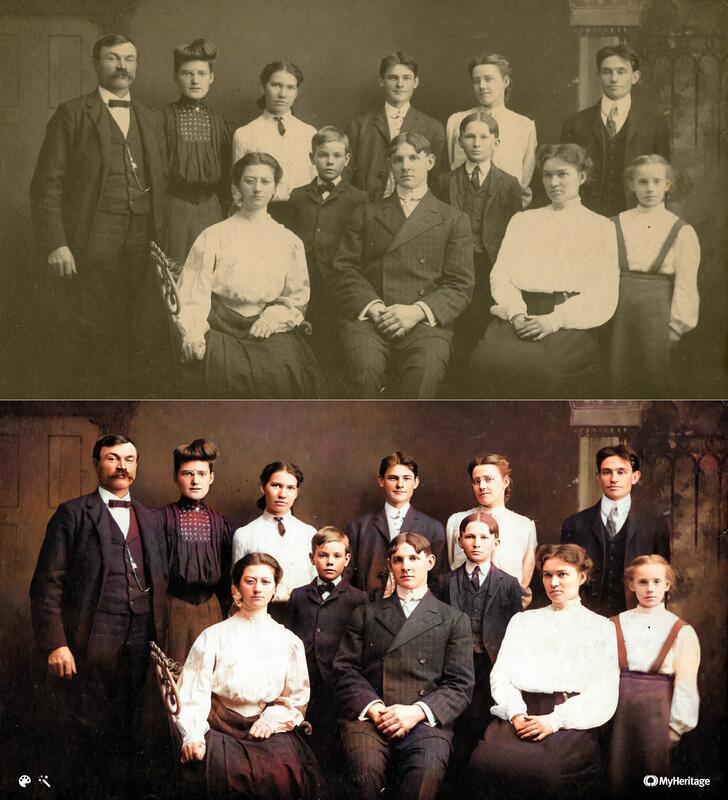











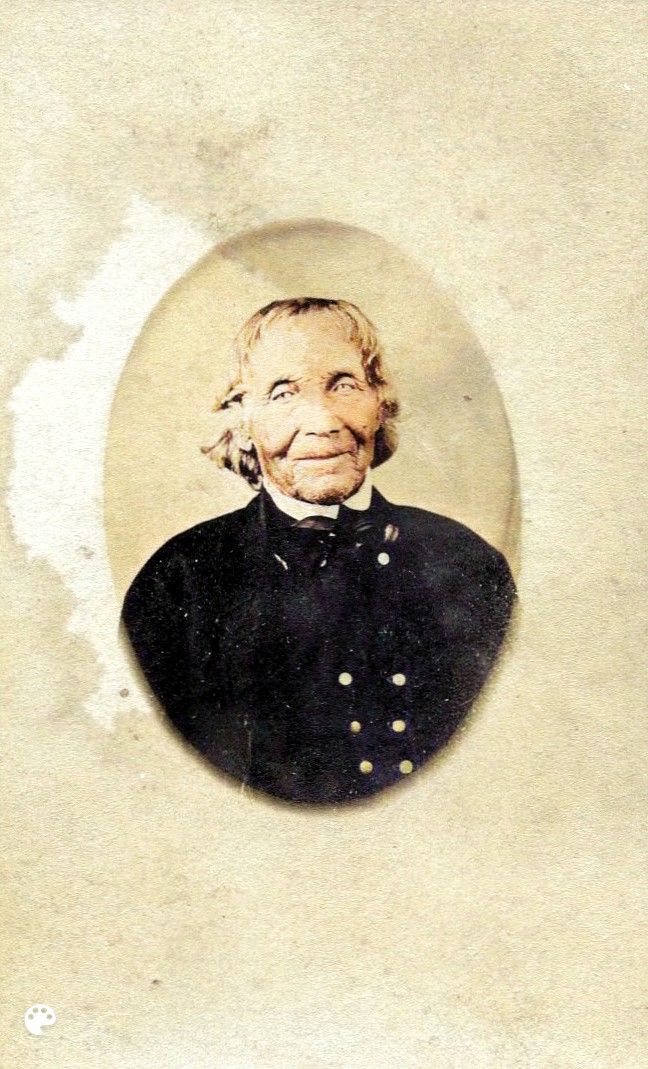





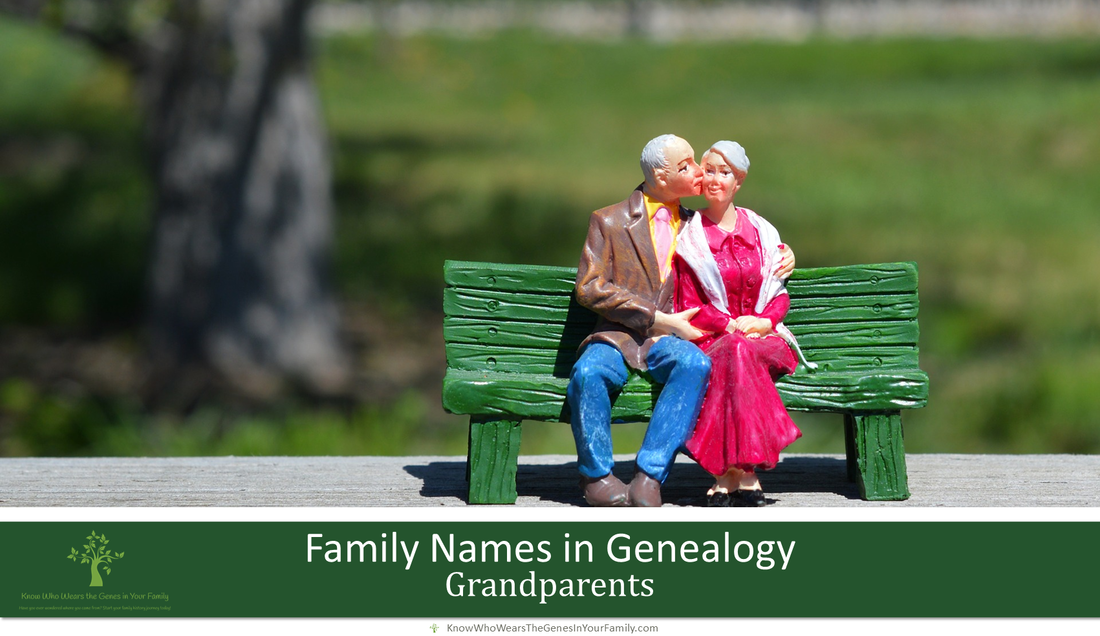





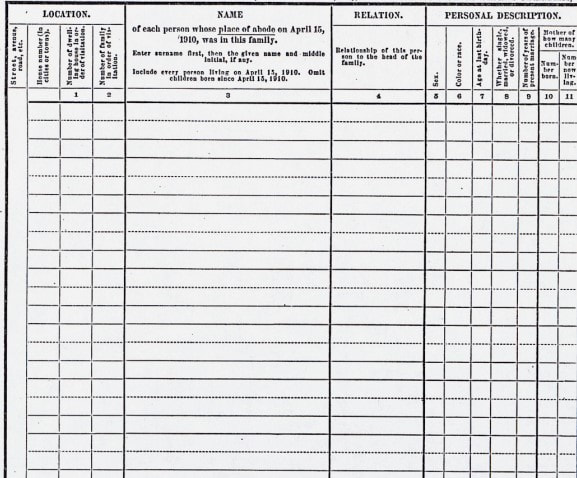










 RSS Feed
RSS Feed














